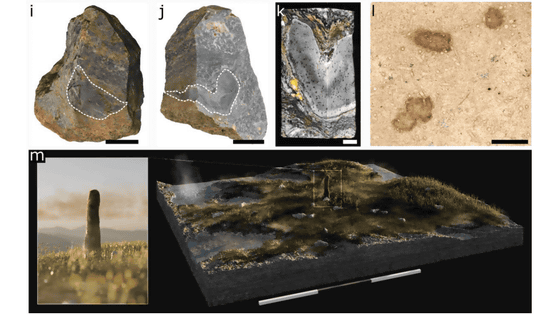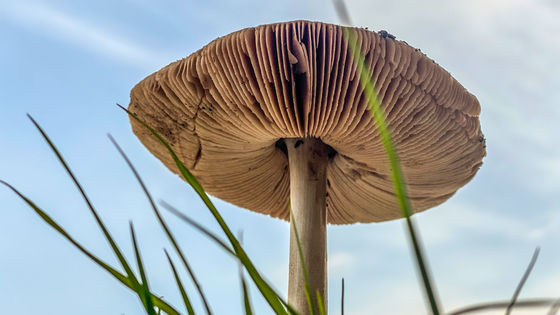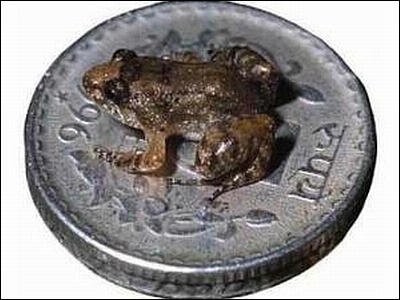An 8-metre-tall creature that existed on ancient Earth may have been a 'unknown eukaryote' that does not exist today

Prototaxites was an extinct lineage of multicellular terrestrial eukaryotes | bioRxiv
https://www.biorxiv.org/content/10.1101/2025.03.14.643340v1
Mysterious Giants May Be a Whole New Kind of Life That No Longer Exists : ScienceAlert
https://www.sciencealert.com/mysterious-giants-may-be-a-whole-new-kind-of-life-that-no-longer-exists
The fossil of Prototaxites was discovered in 1843, and in 1859, Canadian paleontologist John William Dawson thought it was a type of conifer. However, because it was so large, many researchers thought it might not have been a plant, and in 1919, British paleontologist Arthur Harry Church suggested it might have been a fungus.

82 years later, in 2001, the US National Museum of Natural History
Now, in a yet-to-be-peer-reviewed paper, a research team from the University of Edinburgh argues that it is premature to conclude that Prototaxites is a fungus.
The research team pointed out that Prototaxites had three types of tubular structures, one of which had a 'thick ring-like pattern' that was not seen in any other species of fungi. In addition, there were small, dark brown, round structures with diameters of about 200 to 600 μm scattered throughout, which are structures that do not exist in existing fungi. The structure was also connected in a way that was different from that of existing fungi, with 'no branching order, random thickness, and random connections,' so the research team reported that Prototaxites did not have the tissue structure typical of fungi.

The research team also pointed out that the morphology and molecular composition of the Prototaxites fossils are completely different from those of other fungi, plants, and animals preserved in the same geological layer.
For example, fungal cell walls contain a substance called

by Bloopityboop
In addition, the team noted that a pigment called perylene is known to remain in the fossils of certain fungi, but that perylene was not found in the Prototaxites fossils.
'Based on our findings, we cannot assign Prototaxites to any extant lineage, reinforcing its uniqueness. We conclude that the morphology and chemical signature of Prototaxites are clearly distinct from fungi and other organisms fossilized with Devonian deposits. We propose that Prototaxites is best considered a member of a unique group of completely extinct eukaryotes,' the team said.
Related Posts:
in Science, Posted by log1i_yk







